NOTE:
The Soft Matter Lab at Yale is closing and will re-emerge as the
Laboratory of Soft and Living Materials at ETH in 2016.
Our
research
is focused on understanding and controlling the
structure and dynamics of soft materials. Soft
materials
encompass the bulk of living tissues as well as diverse engineered
materials, from personal care products to energy-efficient
electronic-paper displays. Due to their accessible length and
time
scales, soft materials are great model systems for fundamental
experiments in condensed matter physics. |
|
Mechanics
Macroscopically,
soft
materials exhibit a mixture of fluid and solid properties, which
are
evident in familiar pastes, gels, and foams. Microscopically,
thermal
fluctuations compete with interfacial and molecular forces to determine
the dynamics of soft materials. We investigate a variety of
mechanical phenomena in soft materials including the basic physics
of simple
colloidal systems as well as the more complex mechanical properties of
live cells and tissues. We are
developing
new methods to investigate the mechanics of these materials with a
focus on mechanical singularities, which can determine the structural
integrity and wetting of soft materials. |
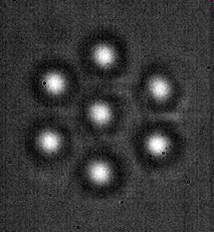 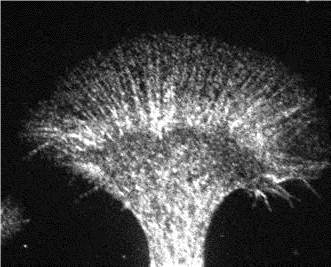
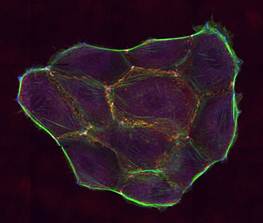 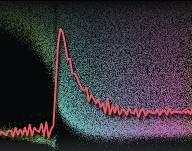 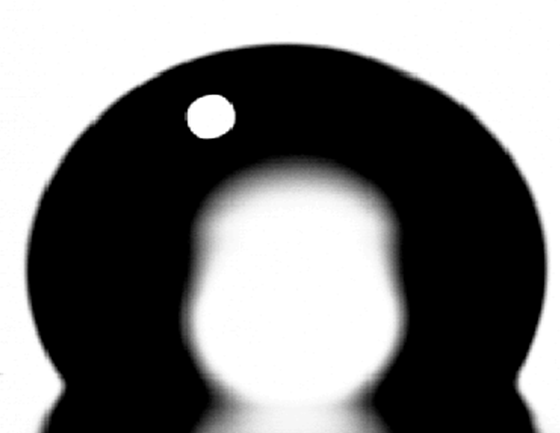 |
Self Assembly
The
mechanical and optical properties of
soft materials are typically determined by their structure at
super-molecular scales, from a few nanometers to a few microns.
These structures can be highly organized, with a crystalline
structure, or more loosely organized, with only short-range
translational order. Self assembly is the
process through which soft materials spontaneously determine their
own microstructure when only coarse macroscopic variables, like
temperature and concentration, are controlled. We engineer
the
self assembly of colloidal systems into new structures by synthesizing
particles with novel geometries and surface chemistries. We
also
study the self-assembly of biological nanostuctures at super-molecular
length scales, with a focus on nanostructures that produce structural
color. |
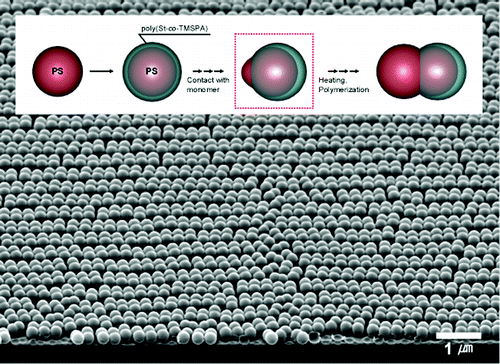 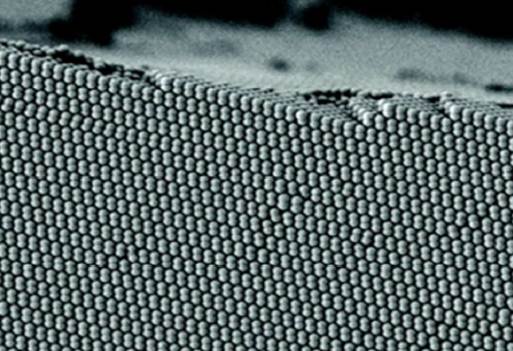  |
Optics
Our investigations of soft matter are infused with optics. Not
only is light a powerful tool for measuring and manipulating
soft
materials, but soft materials can also dramatically impact the flow of
light. We use quantitative light microscopy to measure the
time-dependent structure of soft materials including colloids and live
cells. We use holographic optical tweezers to precisely apply
forces to colloidal particles, which can be coupled to cells through
surface functionalization. We investigate structural colors
in
engineered colloids and biological soft materials. |
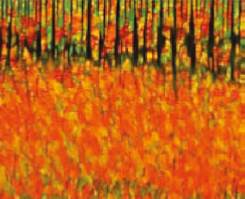  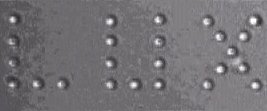 |
|
Research Supported by:
|
   |
|